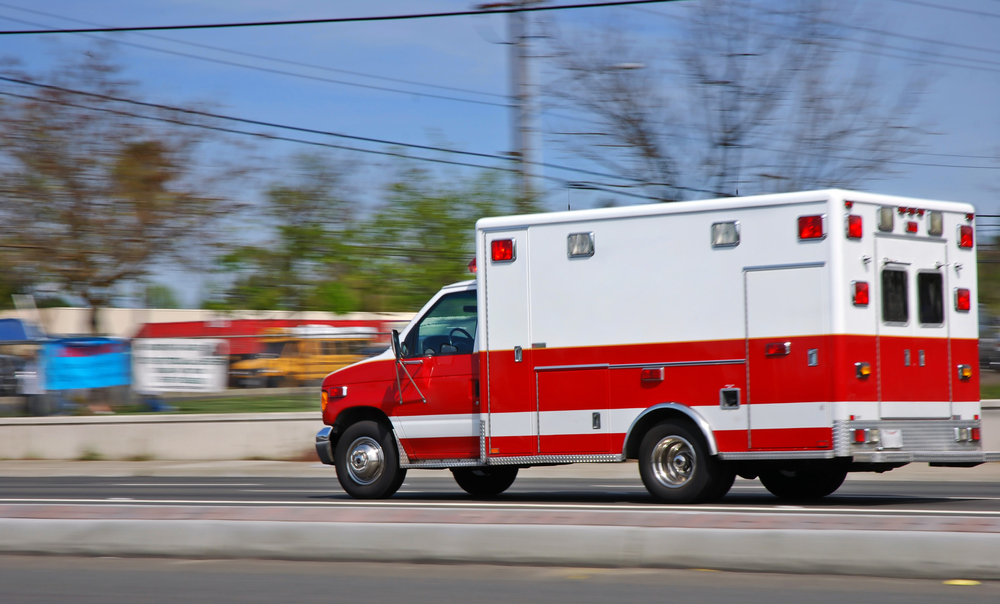For those who have been driving long enough—sometimes enough to forget some key information from driving exams—driving safely with emergency vehicles in your vicinity can be tricky or even stressful. The sound of sirens piercing the air can cause people to panic or even swerve, which, while an understandable reflex, needs to be brought under control. Whether it’s a fire truck, an ambulance, or a police car, there are easy ways to share the road safely with emergency vehicles.
As the name suggests, an emergency vehicle with its sirens on does not obey the rules of traffic like the rest of us because it is on route to an emergency. However, emergency vehicle drivers are still obligated to drive the vehicles as safely as they can. The state of New York, for example, requires emergency response drivers to “drive with due regard and the safety of all persons and property.” This means safety is not entirely on us. The risk of accidents goes both ways: from 1997 to 2010, traffic accidents/collisions were the foremost cause of fatalities for law enforcement.
Right-of-Way
While it depends on the circumstances, civilian drivers can work with emergency vehicle drivers and decrease the risk of accidents. First, active emergency vehicles with blaring sirens always have the right-of-way. Yield signs, green lights, and roundabout etiquette all halt for any fire truck, ambulance, or police car.
Siren from Behind: Slow down and assess the traffic all around you. Don’t give in to that immediate urge to pull your vehicle over because there might be a cyclist, a pedestrian, or another car. Once there’s a clear pathway toward the shoulder, throw your blinker or hazard lights on and move on over toward the right. Check to see that the way is clear before pulling back into the line of traffic.
Siren from the Front: It’s a bit trickier to react when the emergency vehicle is approaching from the onrushing lane. On principle, you should still pull over and flip your car’s hazard lights on. You should also pull over because fire trucks, ambulances, and police cars may sometimes drive in the wrong lane if traffic is very thick in theirs. Pulling over to the shoulder frees up your lane for emergency vehicles.
Stopped Emergency Vehicles or “Move Over” Laws: This situation is when first responders are in the most danger. Various U.S. states have their own laws for driving around stopped emergency vehicles that have their lights flashing. However, the laws largely have the same theme: move over and away from emergency personnel or from tow truck drivers. If it’s not possible for you to move over, slow down a lot and pass with much caution. Drivers behind you can follow your lead, thereby reducing the chance of an accident.
Following Distance
If you’re behind an emergency vehicle with its lights on, you should stay roughly 300–500 feet from it—some states have laws stating a minimum following distance, as tailgating an emergency vehicle is incredibly dangerous.
Think you or someone you know is in need of Behind the Wheel Training? Training Wheels is a Margate driving school specializing in teaching new teen drivers how to stay safe on the road. For more information on our lessons, please click here.
Photo via Karin Hildebrand Lau / Shutterstock

